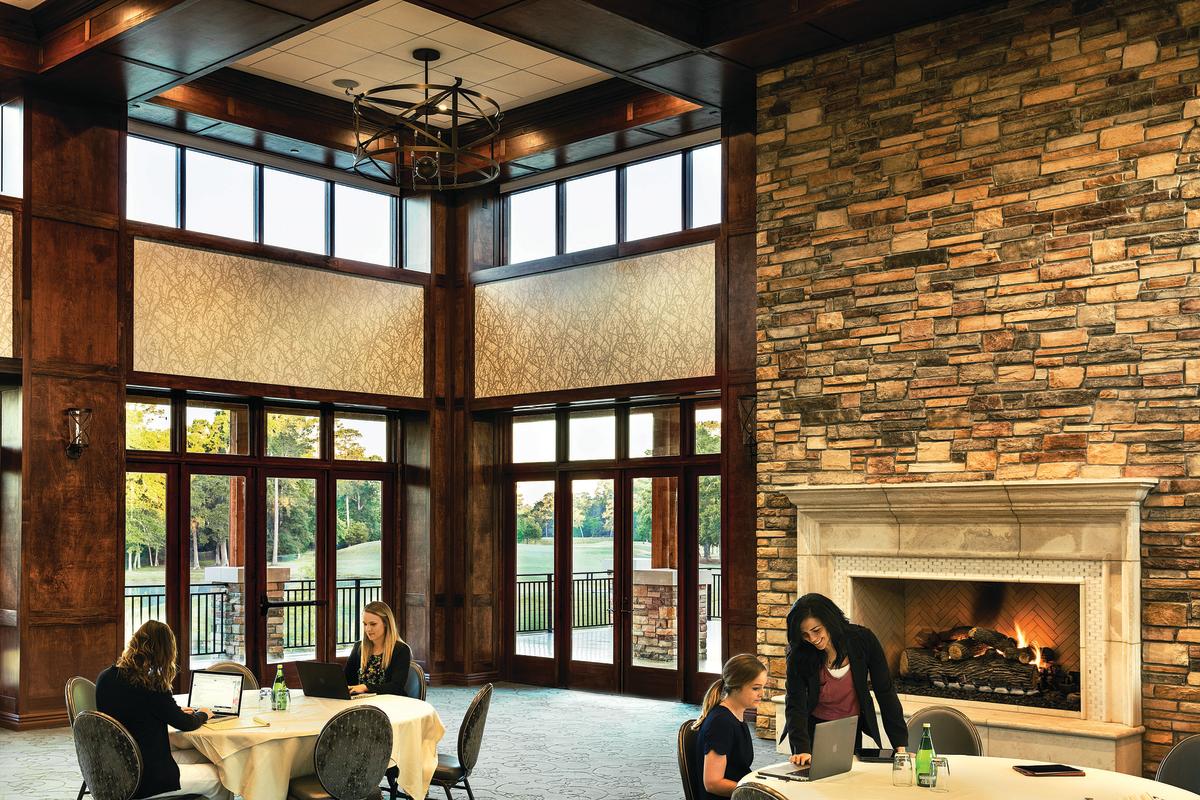Even the most well-planned events can be derailed by unwelcome surprises. No matter how organized the occasion is, it’s not exempt from a potential crisis.
Sudden incidents could be anything from a minor medical emergency to something that could impact public safety. Here are some tips to help your team prepare for the instance of a crisis at your event.
1. CREATE A TEAM, HAVE A PLAN
Preparing ahead of time is key to keeping staff and guests safe during a crisis. It is essential to create and assign your Crisis Management Team (CMT). According to FEMA, the CMT should consist of representatives with varied expertise.
There should be an assigned leader who will manage and command crisis response. Next, a person or team should take on the operations title. This role carries out response tasks, documents the event and makes sure everyone on the internal team is taken care of.
The planning and intelligence role is important for constant communication. During a crisis, this member will assess the situation, keep the rest of the CMT informed and recommend proper reaction. Logistics will provide care to staff and guests by facilitating resources or services like food, healthcare and transportation for those in need. Finance keeps track of costs and handles payment for services while managing compensation for staff.

After assembling your team, it’s important to meet and create a crisis reaction plan. Having a reaction strategy in place empowers the CMT and helps members identify possible threats and act quickly when they arise. This drafted document will describe each member’s role and have instructions on how to react to emergencies that your event might encounter.
The leader must set aside time for group meetings to research different kinds of situations and discuss how to handle a possible crisis. These brainstorming sessions will help strengthen the CMT and allow each member to become confident in their role. Assign someone to draft a document of the reaction plan and include the best and worst-case scenarios to each situation the team discussed.
Once your plan is complete, print copies for every CMT member, save a digital copy and always have extras in a designated location. In an effort to keep your reaction plan updated, the leader should continue scheduling CMT meetings to review its contents. This practice will also allow the CMT to incorporate new strategies and fix what didn’t work.

2. DO A RUN THROUGH
The CMT has been formed and the team has a plan in place, now it’s time to put your method into practice. Before an event is scheduled, the leader should round up the team and run through the drafted plan.
Create different scenarios and discuss how each role would react based on the arrangements that the team has put together. The assigned operations team will take notes and review how each member performed so that all involved parties can learn from each exercise. Acting out your plan will bring possible weaknesses to light and will allow the CMT to improve it for future use.
3. COMMUNICATE
Communication is key when it comes to crisis management. Before and during a crisis, it’s essential for the CMT to know their roles. The leader should call a meeting with the team the day before a scheduled event and make sure each member knows their responsibilities and how to properly respond to an emergency based upon the plan that has been developed.
Communicating prior to the event helps clear up any confusion and allows the CMT to discuss possible reactions. Encourage the team to be open about any concerns they might have. Follow up with anyone who has questions, revise your plan if needed and ensure that the most up-to-date plan is available for the whole team.

4. RESPOND
Unexpected situations can easily create a tense environment. Remember the crisis reaction plan, be proactive in your response and remain calm. The leader will activate the Crisis Management Team, assess the situation and carry out all necessary actions. Double-check and verify that the operations team member documents the incident and drafts a report to review afterward.
The leader should notify the audience about the current situation. This message should be clear and honest and provide any needed assistance. Communication with guests at the event is essential for safety and for a smooth Crisis Management Team response.
Sometimes, your crisis might need some extra help. If ever you feel like the public’s safety is at risk, don’t hesitate to call 911 immediately, make a report and get experienced assistance from the local police or fire department.

5. FOLLOW UP
After the situation has been handled and things return to normal, gather the CMT and bring everyone up to date. Follow up with staff and attendees, verify that everyone is safe and taken care of and provide further assistance if needed.
6. EVALUATE
Make sure to discuss and analyze what happened and how the team reacted. Sometimes experiencing an unplanned situation can bring out flaws in your reaction plan and will allow the CMT to discover new ways to handle any future crisis.
Visit The Woodlands is here to help as you navigate the ever-changing landscape of hosting events. Contact us now for assistance or download our Meeting Planners Guide for inspiration. We look forward to hosting your next meeting in The Woodlands soon. We're ready, whenever you are.












